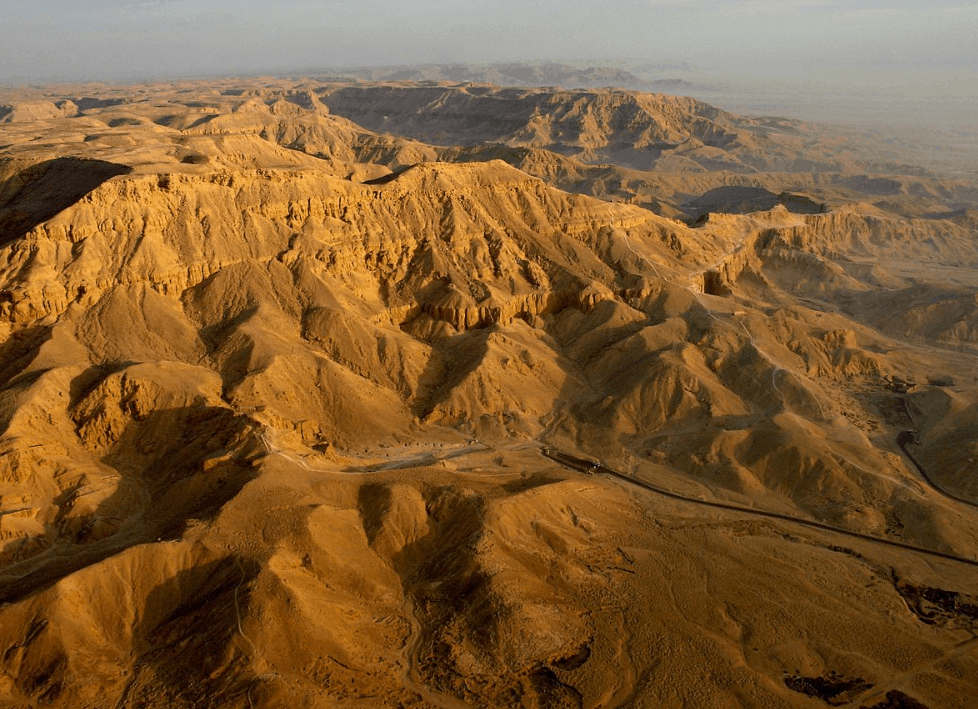Did you know that the wives of the Pharaohs of Ancient Egypt got their very own necropolis?
In this post, you’ll discover the ultimate list of facts about the Valley of the Queens, one of the most fascinating historical sites in Egypt!
1. The site is located near Luxor
The Valley of the Queens is a huge Necropolis on the west bank of the Nile. The site is located right across the city of Luxor which is home to the famous Temple of Luxor and the Karnak Temple complex.
In Ancient Egyptian times, this area was referred to as “Ta-Set-Neferu,” which translates to “the place of beauty.” It’s not exactly known why this site was chosen to construct dozens of tombs but it’s assumed that it has to do with either the proximity to the workers’ village of Deir el-Medina or the fact that a sacred grotto dedicated to Hathor was located near its entrance.
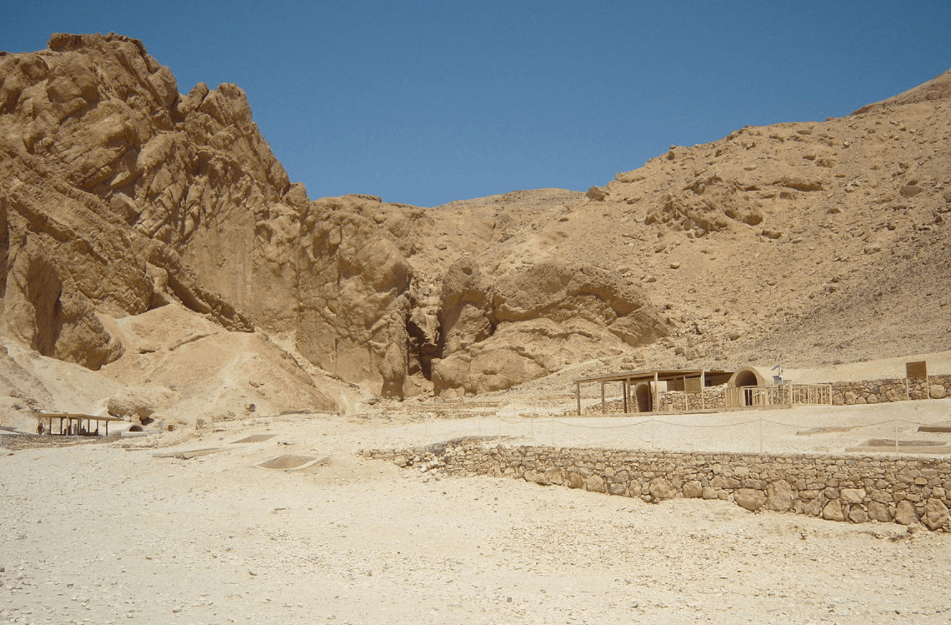
2. The male Pharaohs were buried in another necropolis nearby
Another possible reason why this site was chosen is the fact that the necropolis of the male pharaohs, referred to as the “Valley of the Kings,” is located just nearby.
This massive necropolis, which contains famous tombs such as the tomb of Tutankhamun, and is considered to be one of the most famous archaeological sites in the world.
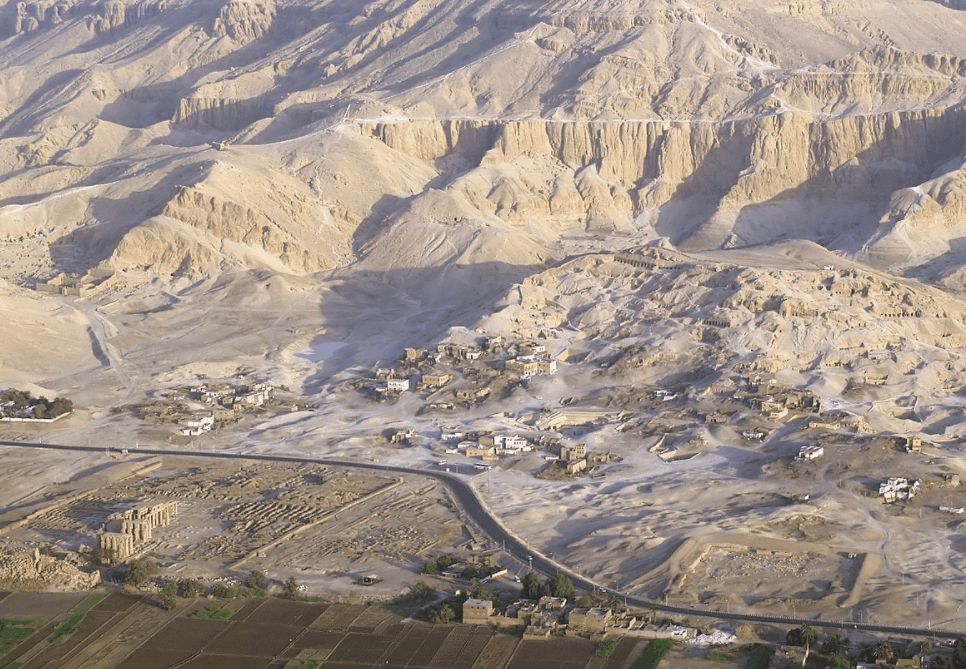
3. It contains a total of 110 tombs
The Valley of the Queens consists of one main so-called main “wadi,” the Arabic translation of a valley, and multiple subsidiary valleys.
The main valley contains a total of 91 tombs that were cut out of the rocks. The subsidiary valleys, which were all constructed during the 18th dynasty, contain 19 tombs.
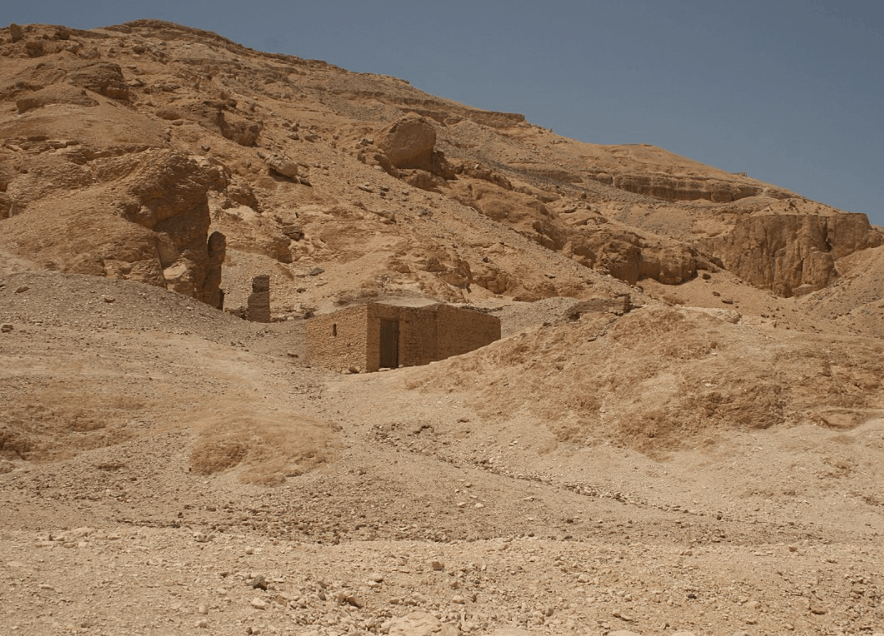
4. The first tomb dates back to the reign of Thutmose I
The first tomb that was constructed was that of Princess Ahmose, the daughter of Seqenenre Tao and Queen Sitdjehuti who ruled during the 17th Dynasty.
The tomb itself most probably dates back to the reign of Thutmose I, the third pharaoh of the 18th Dynasty, and who ruled between 1506–1493 B.C.
Thutmose I was the father of Queen Hatshepsut who constructed one of the most impressive temples of Ancient Egypt in the area of both valleys as well.
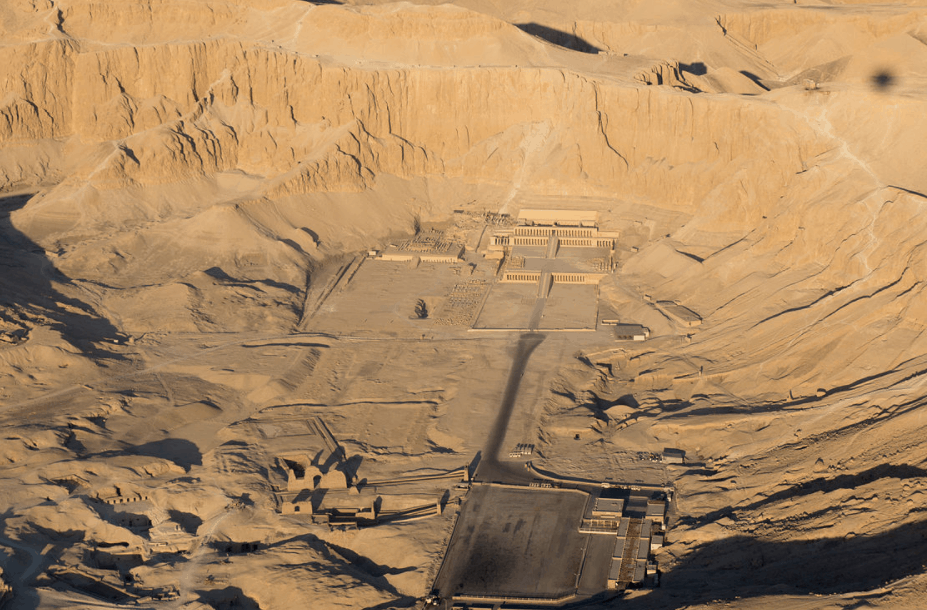
5. All the subsidiary valleys date back to the 18th Dynasty
The initial tombs were built in smaller subsidiary valleys before the main wadi become the prominent burial site. These subsidiary valleys, which contain 19 tombs, are referred to as:
- Valley of Prince Ahmose
- The Valley of the Rope
- The Valley of the Three Pits
- The Valley of the Dolmen
To give an example, the tombs of the 3 pits are described as QV 89, QV 90, and QV 91, in modern times.
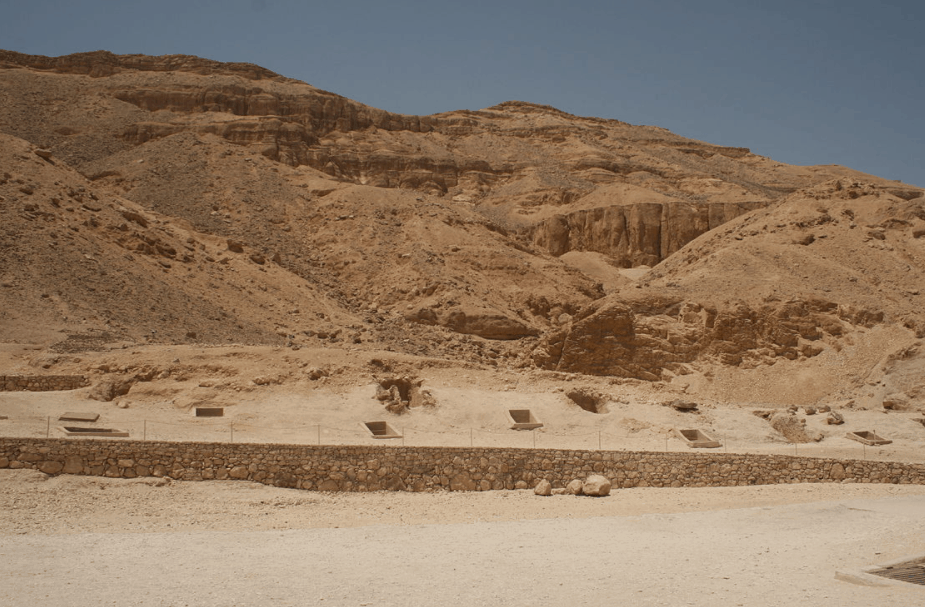
6. Only royal women were buried here during the 19th Dynasty
One of the most interesting facts about the Valley of the Queens is that initially, it wasn’t just used to bury Queens. It was also used as a burial site for other high-ranking women of Ancient Egypt.
It’s only during the 19th Dynasty that they started being more selective as to who was allowed to be buried there, which means only Princesses and Queens.
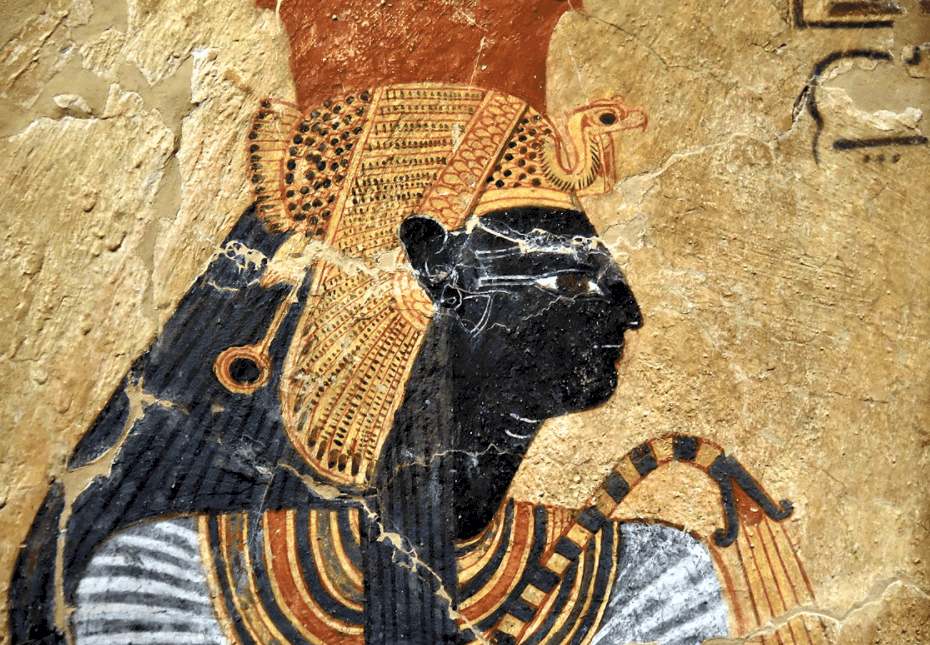
7. Many constructed tombs could end up being used by anybody
As the 19th Dynasty progressed, the mass production of tombs continued. One of the most remarkable facts about the Valley of Queens is that building tombs was an ongoing process and it wasn’t exactly sure who would be buried in them.
The moment that a female queen or princess passed away was also the moment that the tomb was assigned. It was only then that the pictures and names of the female royals were included on the walls as well.
8. The most remarkable tomb is that of Queen Nefertari
One of the most famous royal wives of Ancient Egypt, Queen Nefertari (1290–1224 B.C.), was buried at the Valley of the Queens and her tomb was one of the most lavish ones as well.
She was one of the “Great Royal Wives” of Ramesses the Great and her name literally translates to “Beautiful Companion.” Apart from her beauty, she was also extremely intelligent and was able to perfectly read and write hieroglyphs, a talent she used for diplomatic purposes.
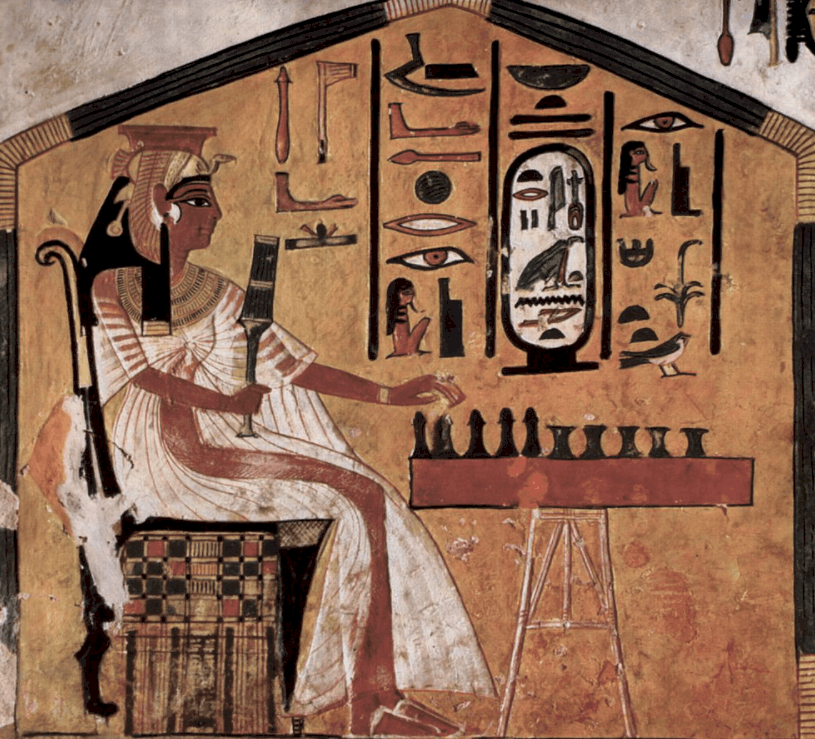
9. The colorful reliefs inside the tomb are remarkably well preserved
The tomb of Queen Nefertari (QV66) isn’t just one of the most magnificent in the valley, it’s also one of the best-preserved ones.
Some of the colorful reliefs still look brand new, something pretty amazing considering these are thousand of years old!
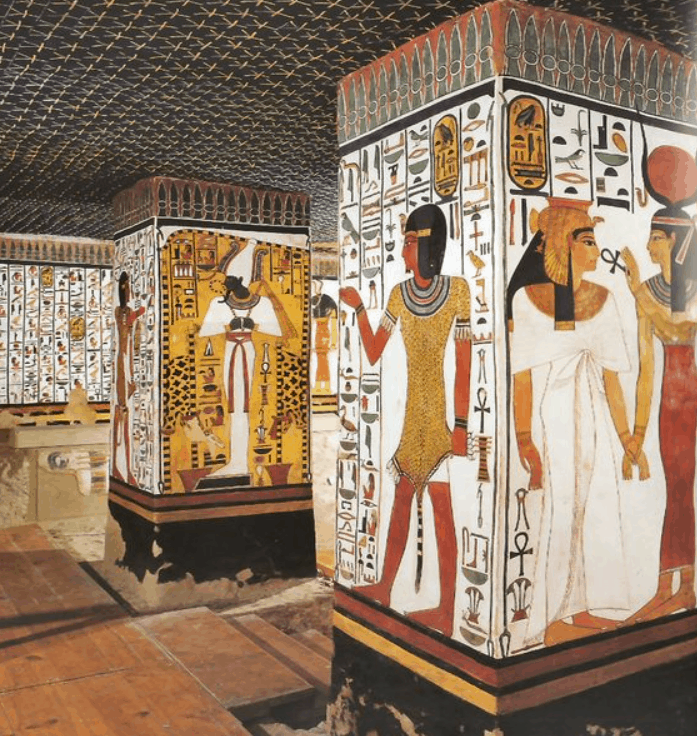
10. The Valley of the Queens was in frequent use until the 20th Dynasty
Multiple tombs were still being prepared in the 20th Dynasty (1189-1077 B.C.) and the wives of Ramesses III were buried at the valley. Some tombs were even being prepared for royal sons as well during this period, which is remarkable as until then, only royal women had been buried here.
The final tombs that were constructed were 6 tombs built during the reign of Ramesses VI (the location of these remains unclear), who ruled for 8 years during the late 12th-century B.C.
11. many tombs were likely robbed during the 20th Dynasty
So why did the production of tombs suddenly stop during the 20th Dynasty?
There was likely a financial crisis in this period, reflected by the fact that workers went on strike during the reign of Ramesses III. These events culminated in many tombs being robbed of their valuables at the end of the 20th Dynasty as well.
After the 20th Dynasty, the Valley of the Queens was seized to be a royal burial ground.
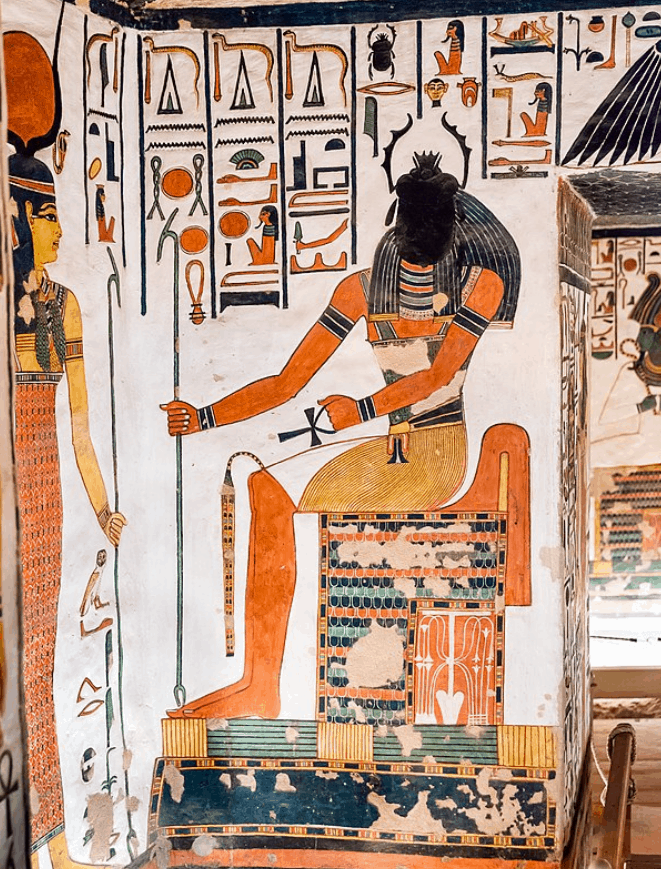
12. The site was still used as a burial site in Roman times
One of the most fascinating facts about the Valley of the Queens is that even though the site wasn’t used as a royal burial ground anymore, it was still extensively used for other purposes.
Many of the tombs were reused as burial sites for multiple people, so multiple graves were dug inside the tombs. The history of the tombs goes as far as the Coptic Period (3-7 A.D.) in which Ancient Egyptian religion was shifted into Christianity. It’s assumed that the tombs were used as shelters back then.
Christian symbols dating back to the 7th century A.D. have been found in various tombs, meaning the tombs of the Valley of the Queens have a history of usage of more than 2,000 years!
